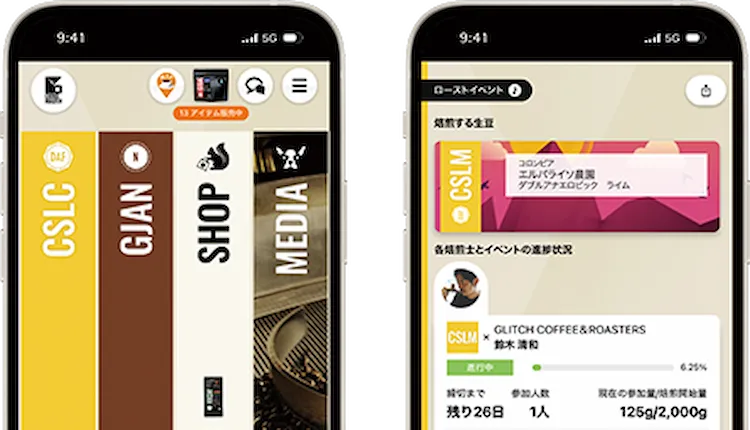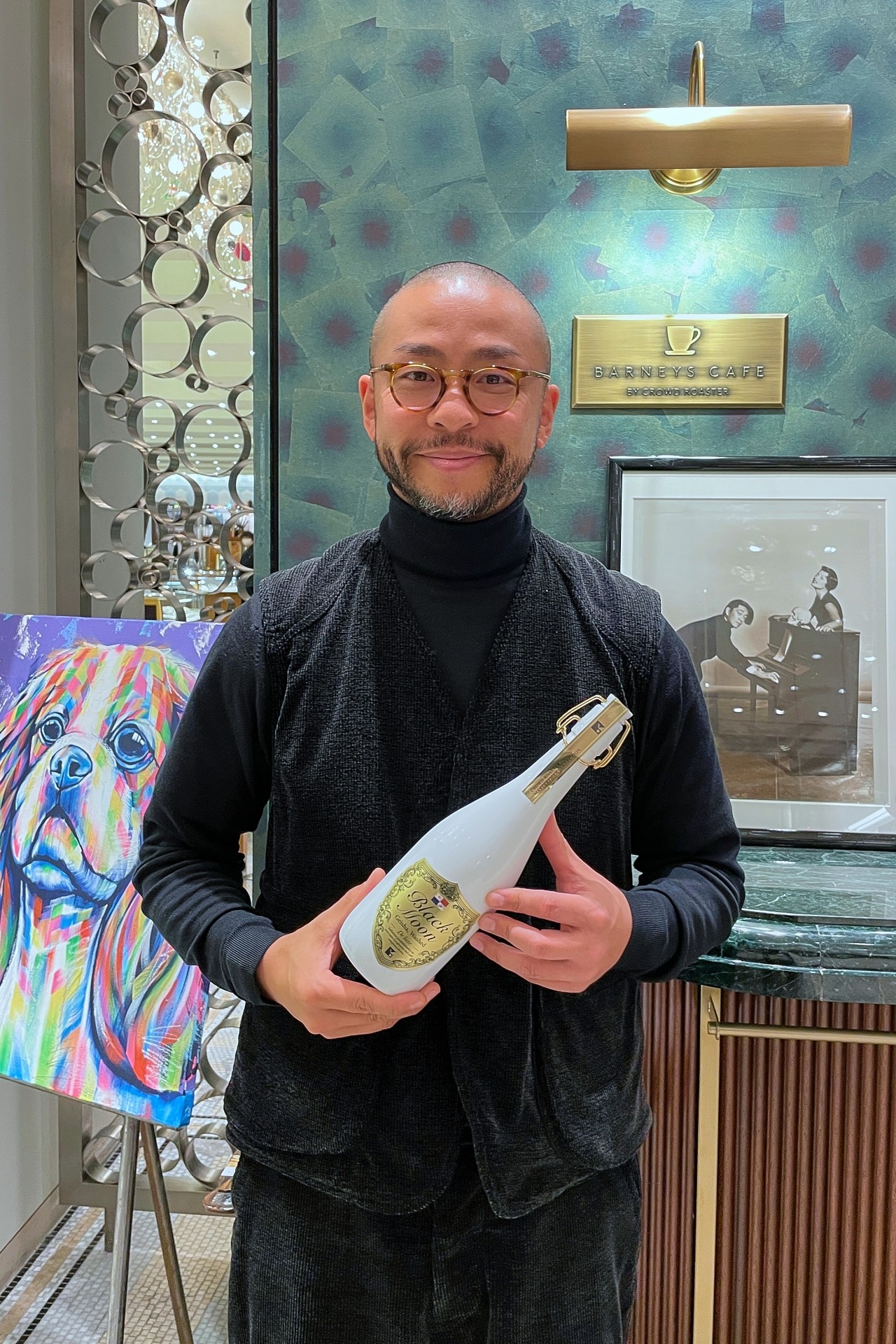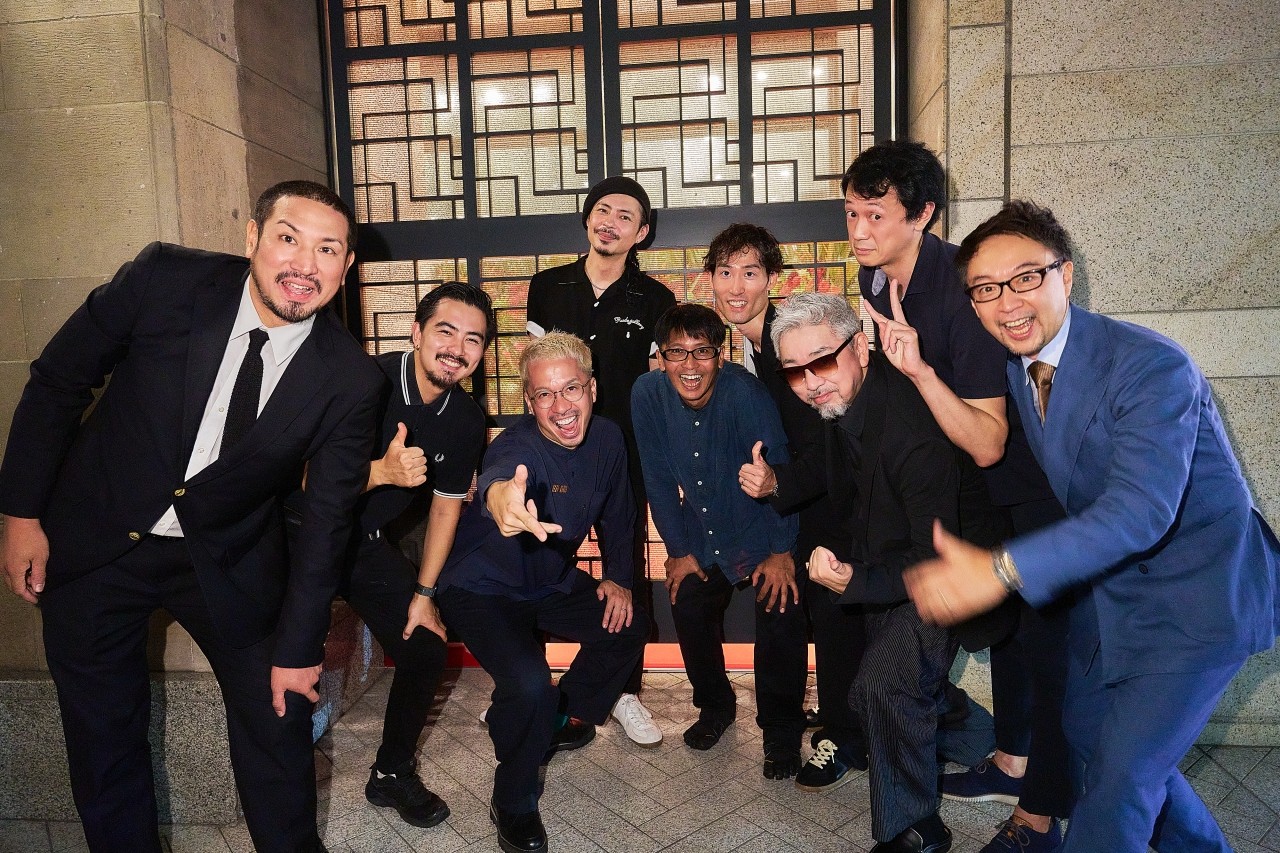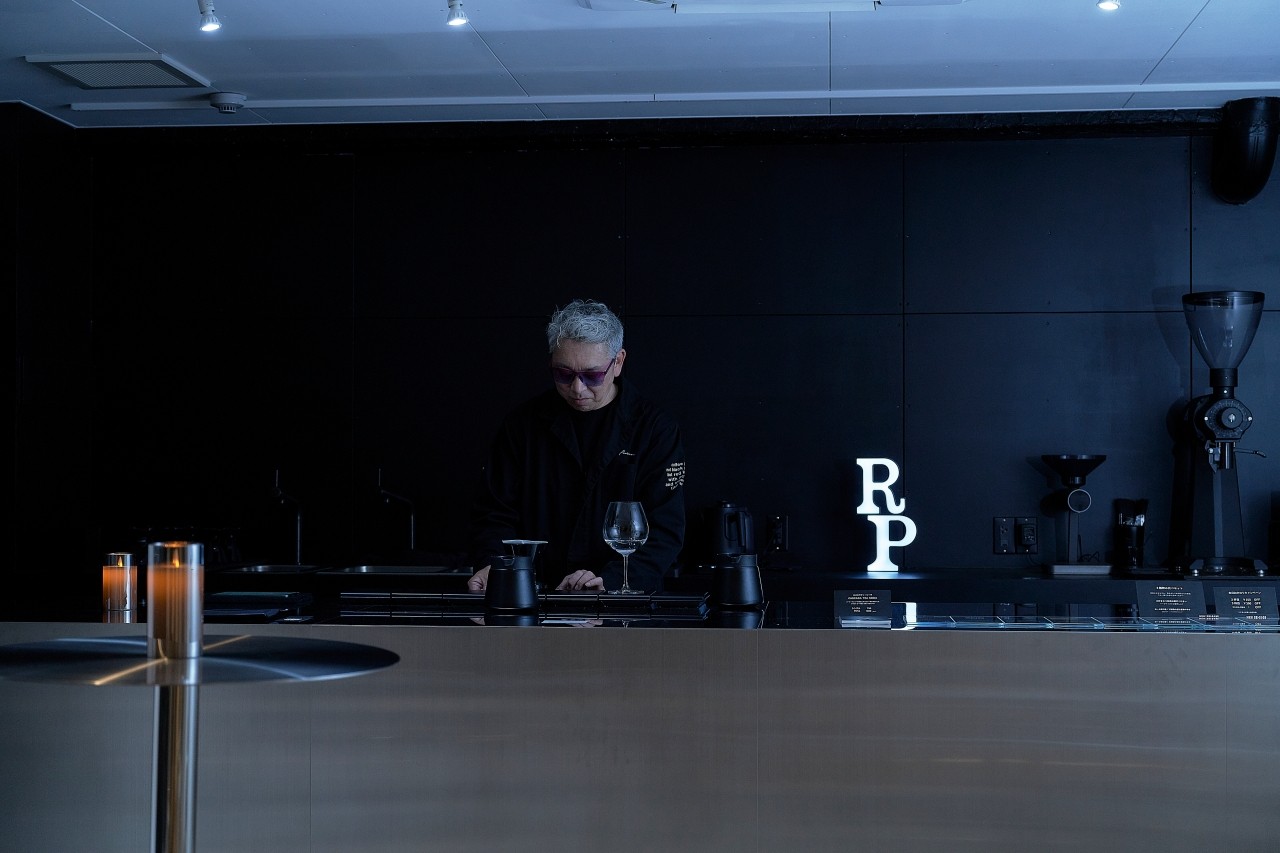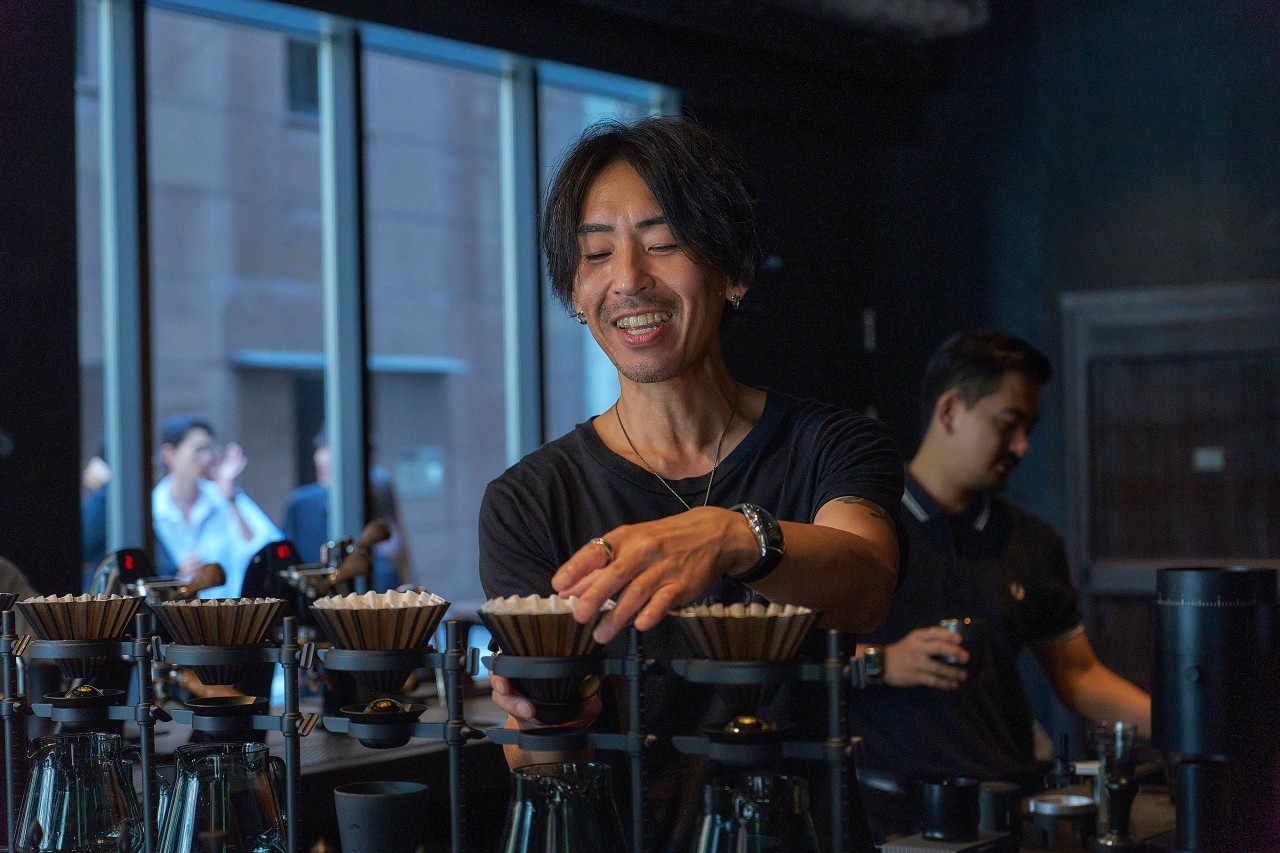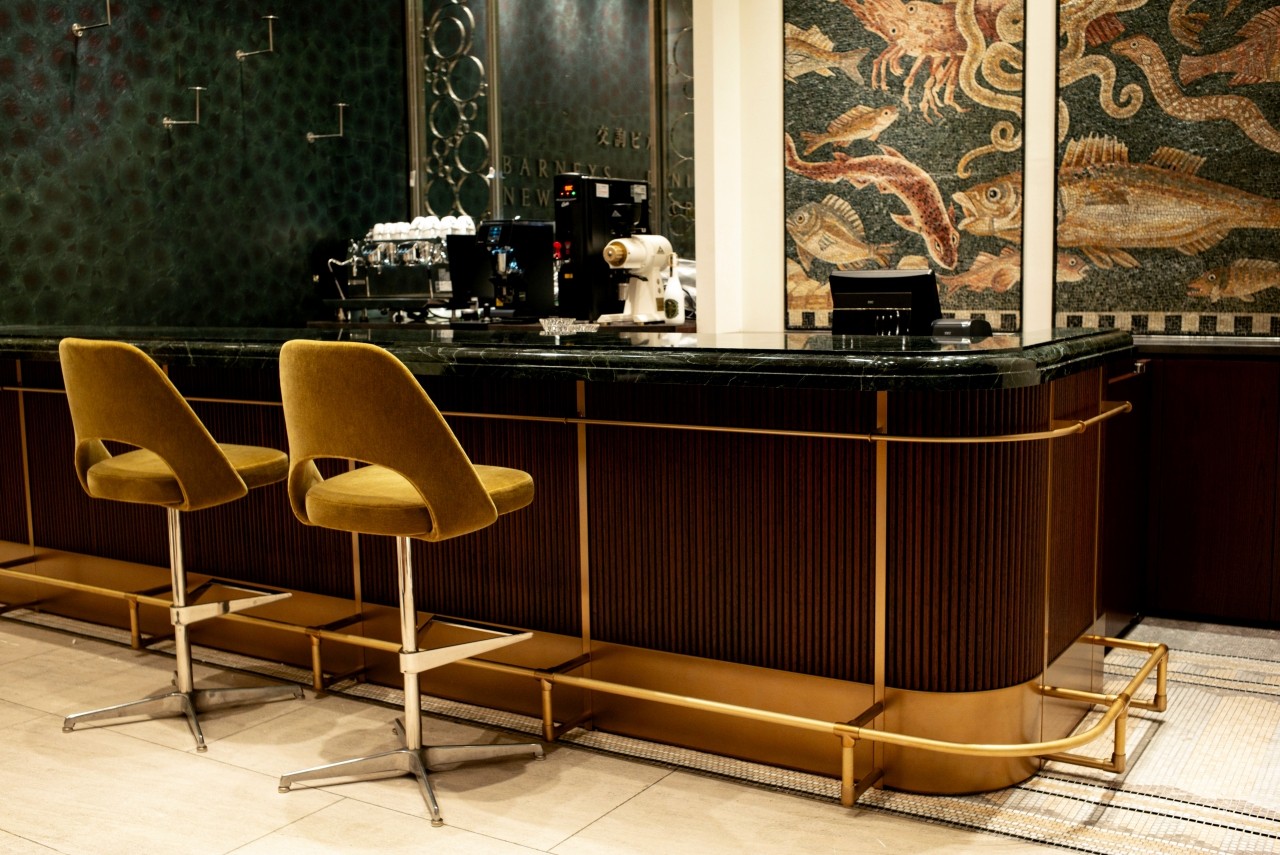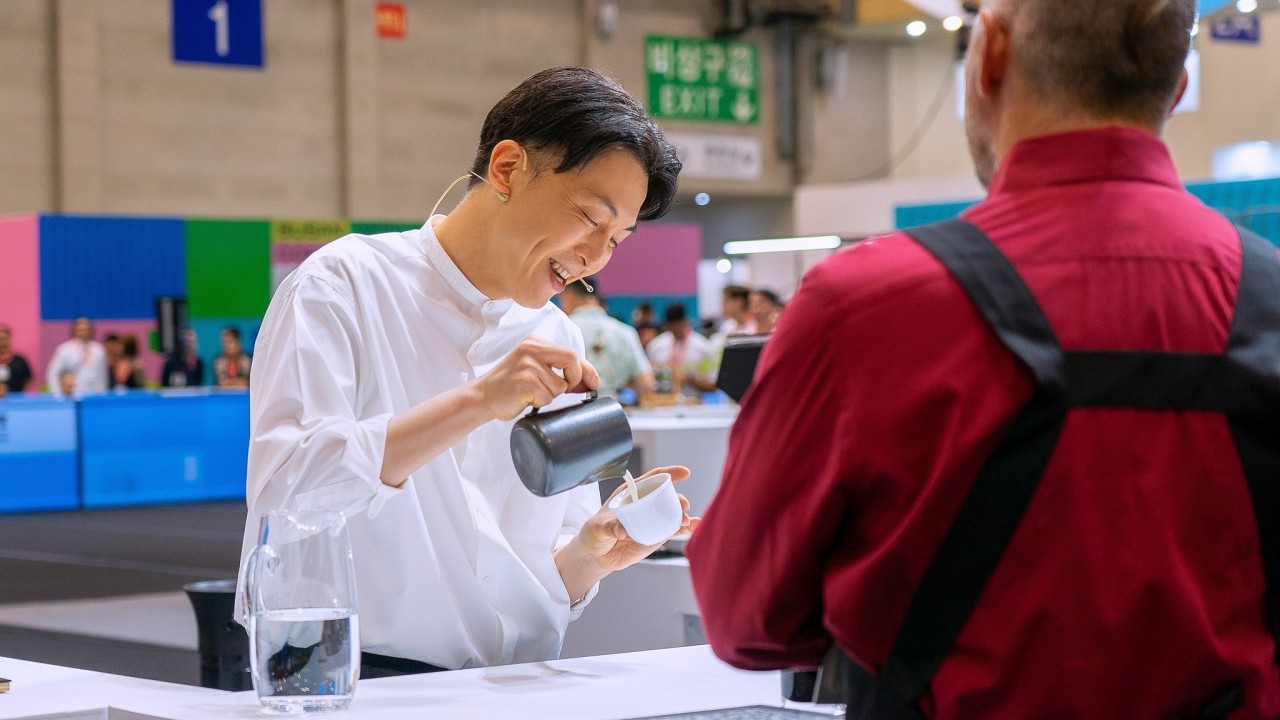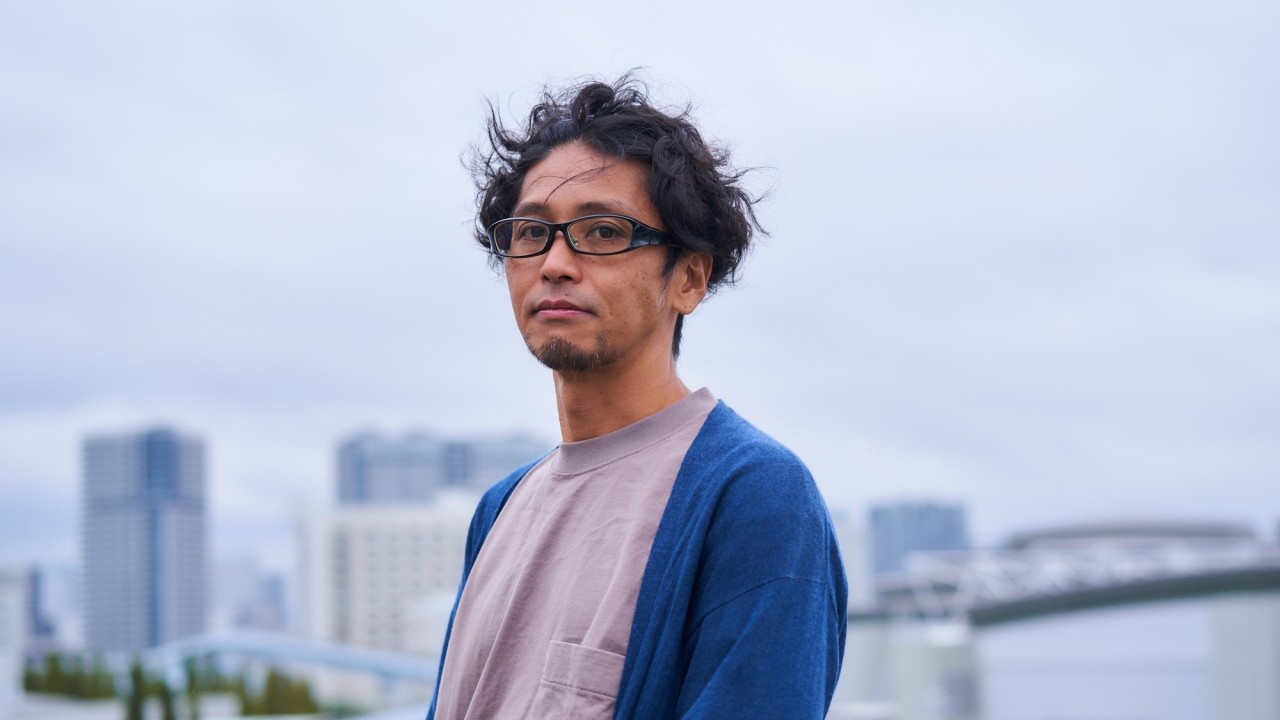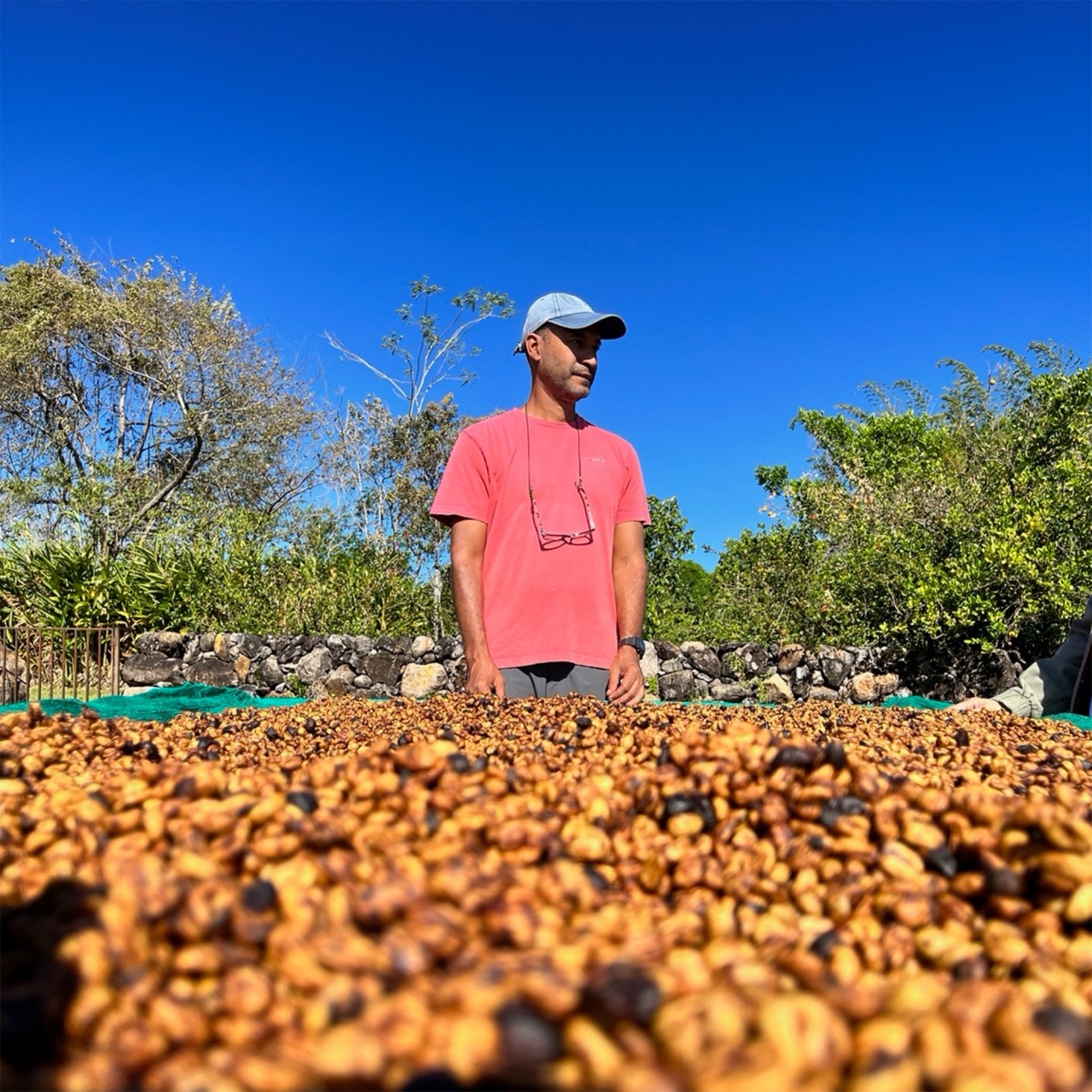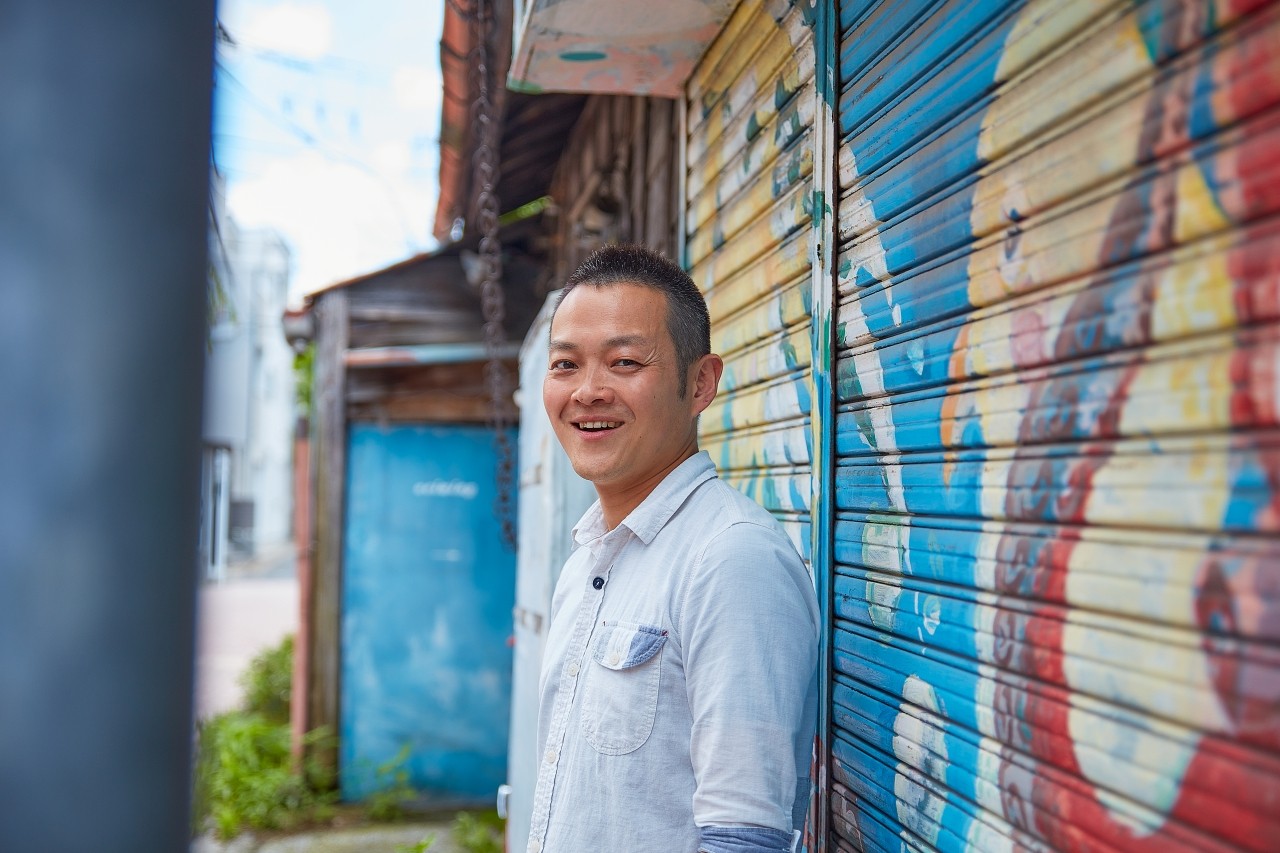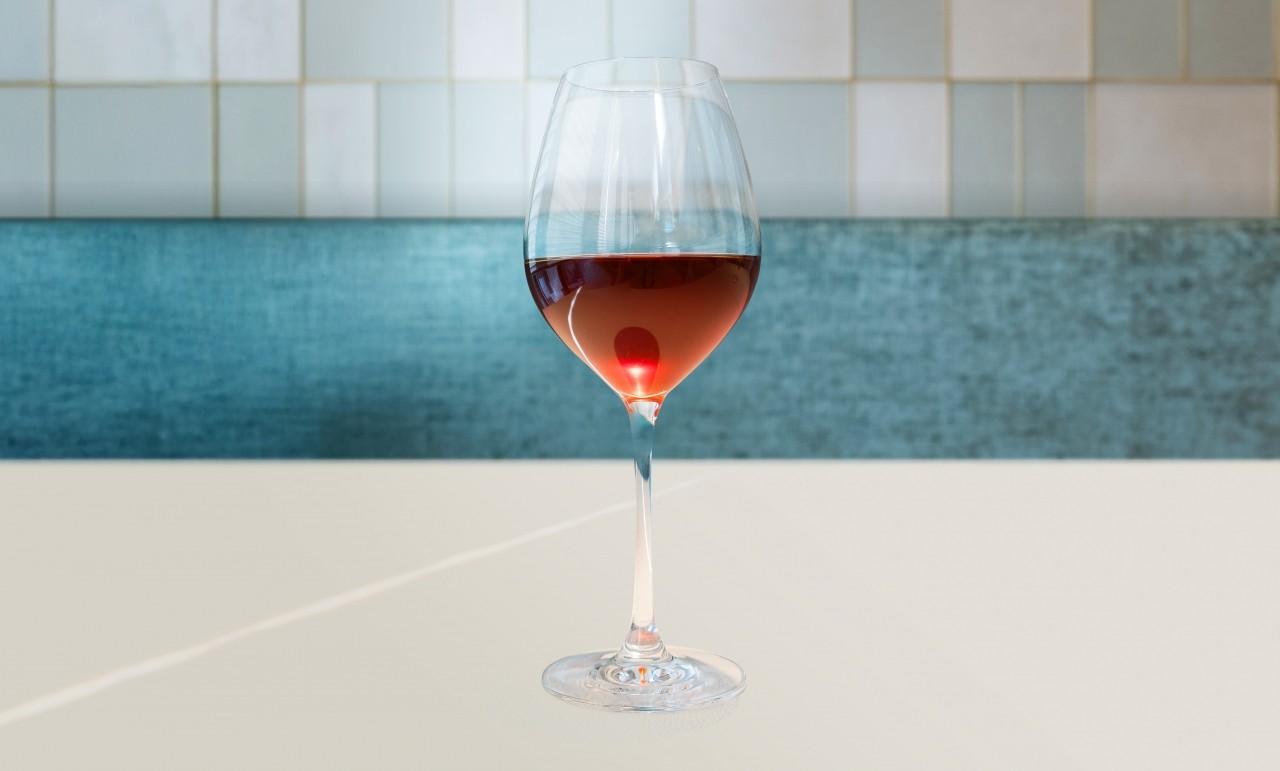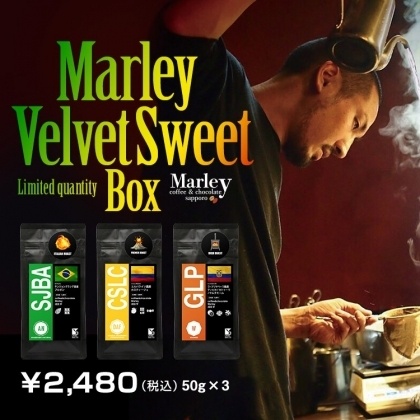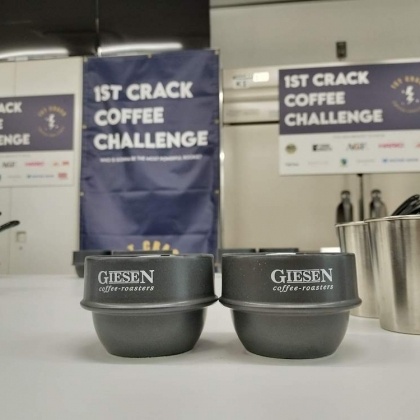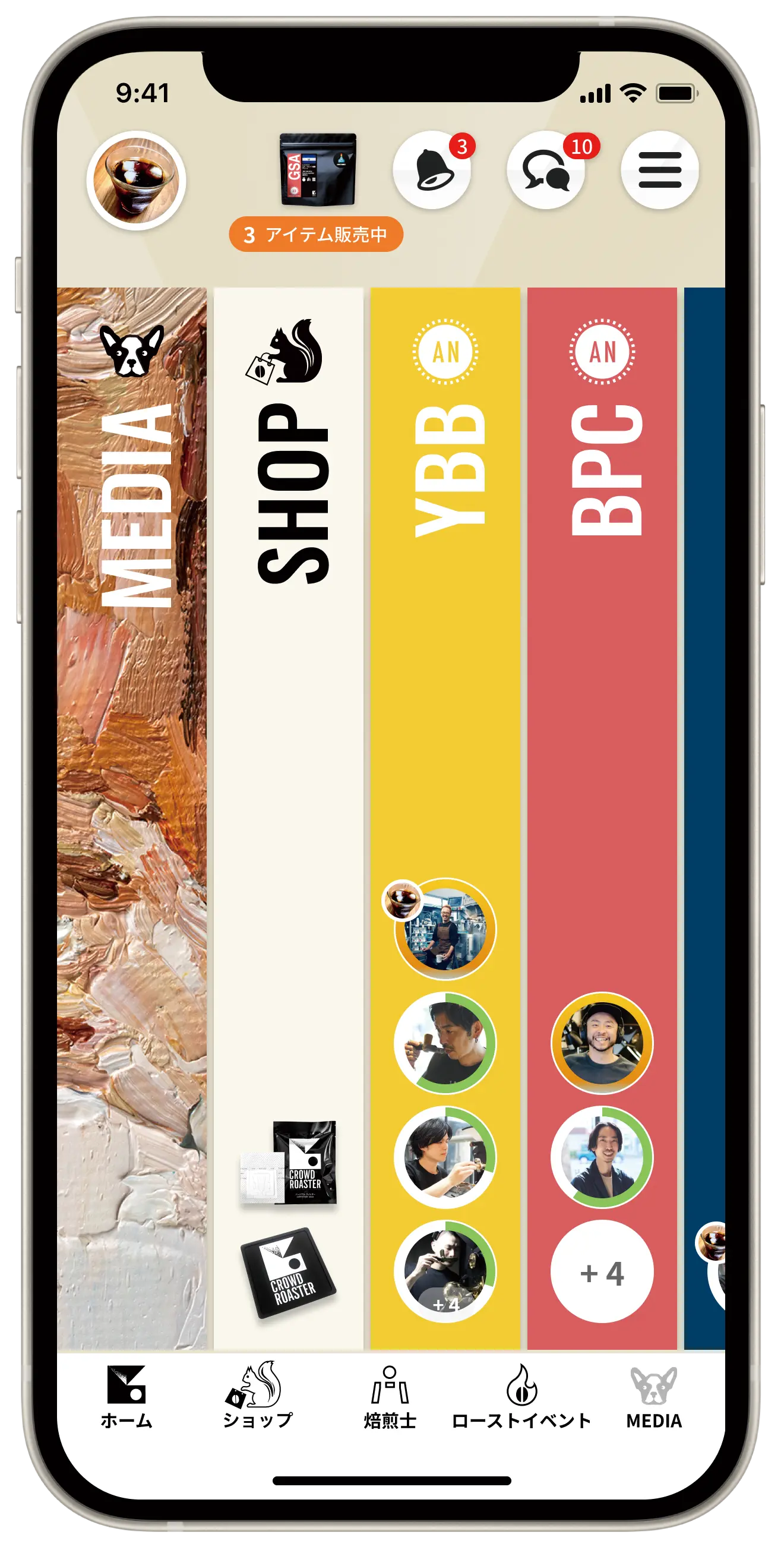We want to contribute to the roaster community through "1CCC" ~ Interview with Ajinomoto AGF Co., Ltd. [Feature: 1ST CRACK COFFEE CHALLENGE 2024]
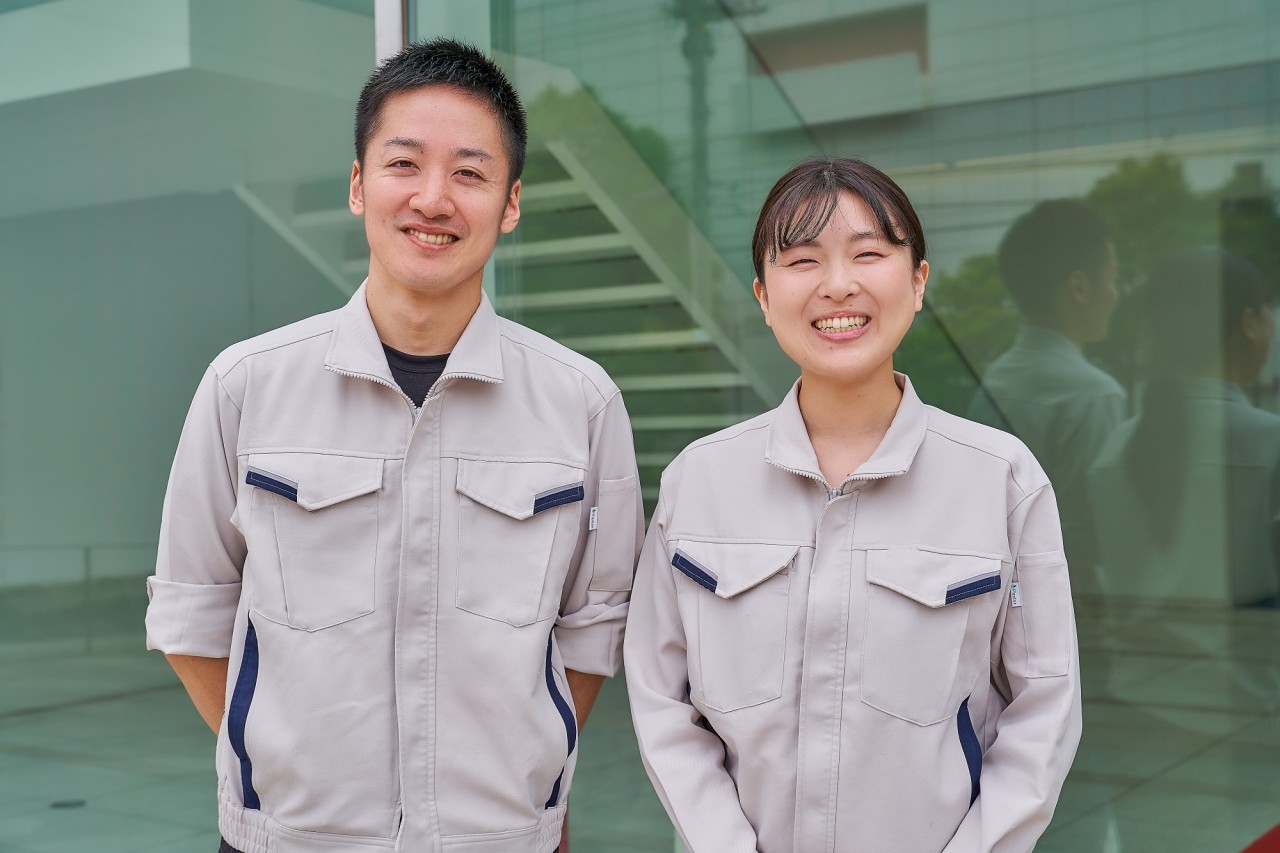
The 1ST CRACK COFFEE CHALLENGE (1CCC) is a roasting competition that aims to discover and nurture young coffee roasters. The first preliminary challenge given to the 100 participants is to recreate a roast similar to the roast of beans provided by the organizers as a sample.
It's not just about "roasting coffee that you think tastes good," but about "roasting it to resemble a model coffee," which tests a roaster's skills and knowledge of beans comprehensively.
Starting in 2023, aroma analysis using gas chromatography will be introduced to judge the qualifying rounds, with official sponsor Ajinomoto AGF Co., Ltd. being involved in the judging.
However, you may be wondering how much you can learn about coffee just by its aroma.
So, on June 25th, when all the roasted beans for the preliminary round were ready, we interviewed people from the Ajinomoto AGF Inc. R&D Laboratory. While actually seeing the gas chromatography machine, we asked them about the profound depth of coffee that can be discerned from its aroma, and why Ajinomoto AGF is sponsoring 1CCC.
Aroma analysis provides objective evaluation for coffee competitions
──What was the reason that coffee manufacturer Ajinomoto AGF Inc. became an official sponsor of "1CCC" in the first place?
Hamanaka: We have sponsored the "1CCC" since the first event, and the first special gift was a visit to Manabu factory for the winner. From the second event onwards, I became involved in "1CCC" as the main organizer, but I myself was in charge of aroma analysis at the company for a while, and I had long felt that coffee competitions were too dependent on the judges' subjective opinions (of course, the judges' evaluations are also important).
Therefore, I thought that competitors should be evaluated in a more objective way, so I spoke to Fukuzawa, the representative of Giessen Japan, about my desire to conduct analysis using gas chromatography in the preliminaries. Fukuzawa shared the same concerns and was able to empathize with me.
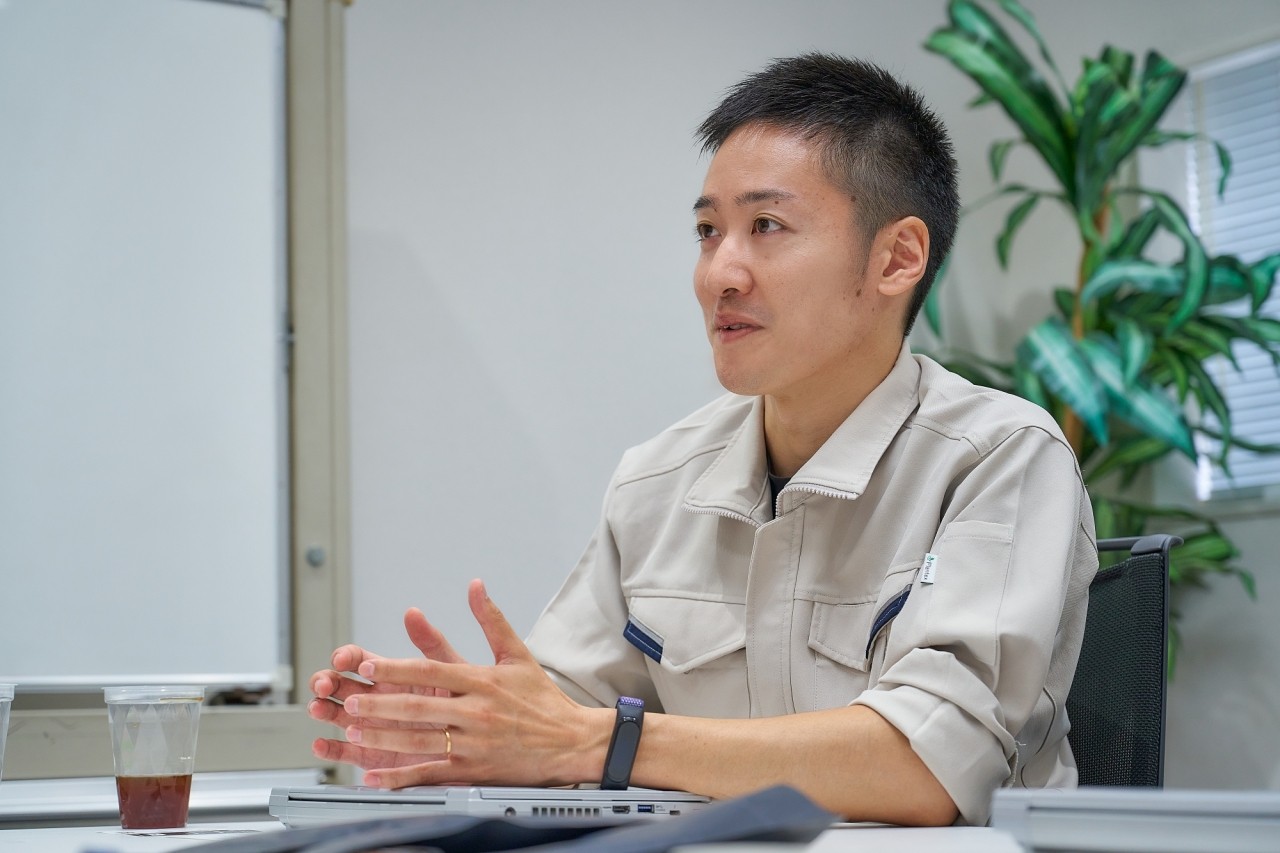
Yoshiteru Hamana of the Ajinomoto AGF Co., Ltd. Development Research Institute. He holds coffee-related qualifications, including SCAA/CQI Q Grader and JCQA Certified Coffee Instructor Level 1.
--Sasajima and Takahashi, what did you think when you heard from Hamana that he wanted to conduct aroma analysis at a coffee roasting competition?
Takahashi: I felt a sense of responsibility and was a little scared that my results would be used to evaluate the tournament, but I also thought it would be really interesting.
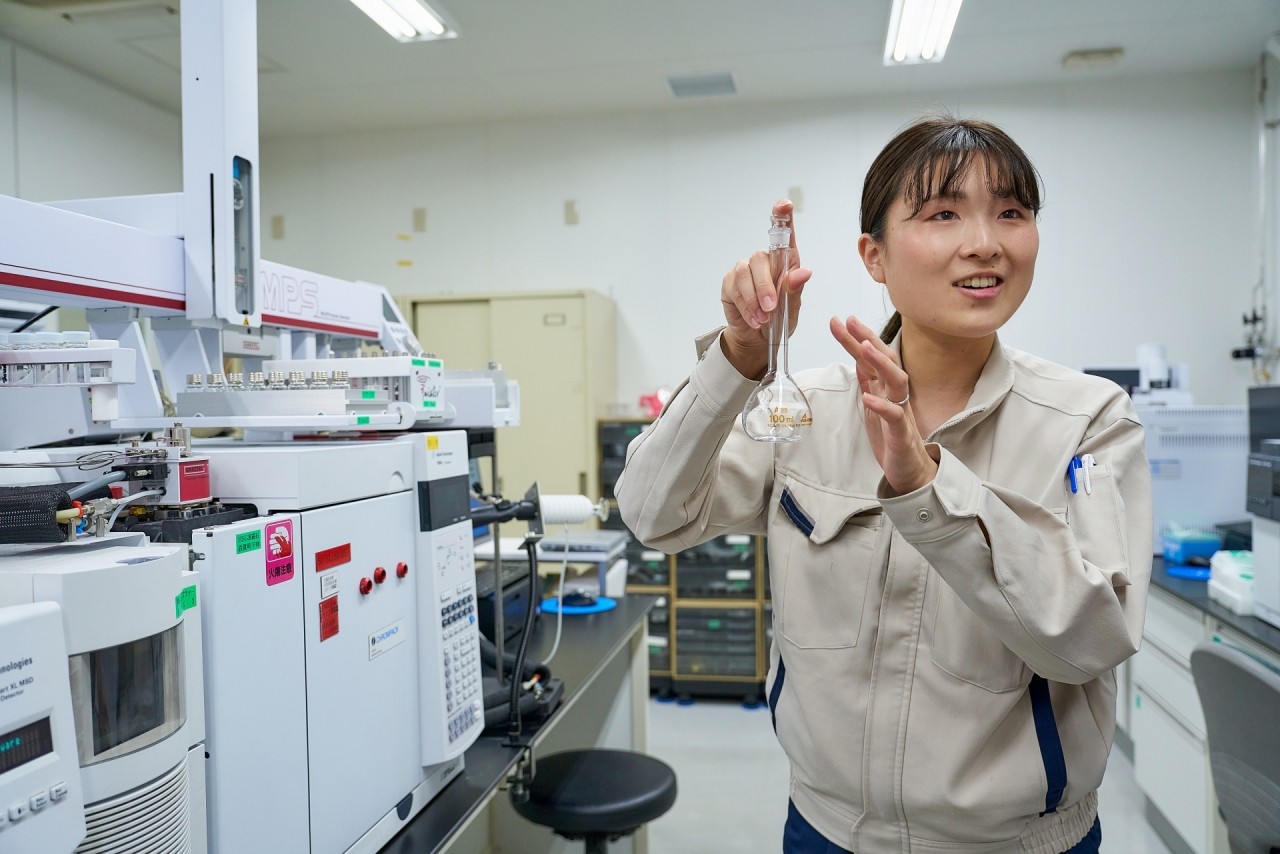
Mr. Satoshi Takahashi of the Ajinomoto AGF Co., Ltd. Development Laboratory
──Until then, gas chromatography had only been used for internal product development and verification.
Takahashi: Yes, I had never used it in this way before.
Sasajima: As a manager, I was most concerned about the fact that we had to approach the results of our aroma analysis with a different mindset than when we use them internally.
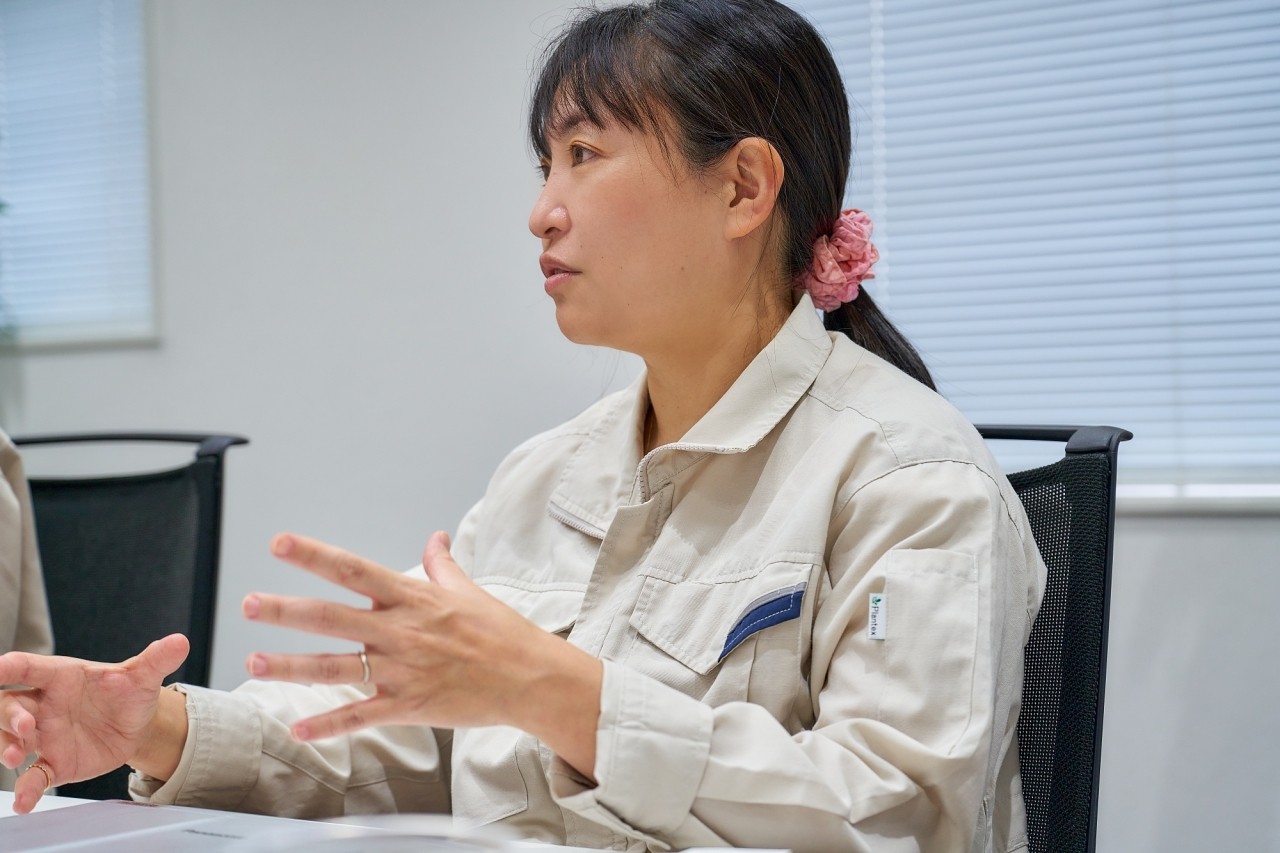
Yuko Sasajima of the Ajinomoto AGF Co., Ltd. Research and Development Laboratory
──In fact, aroma analysis was conducted for the first time at the 2023 tournament. What did you think when you saw the results?
Sasajima: Since the competition was about "bringing flavors closer together," I was worried that the analysis would reveal any differences, but when I analyzed the beans of 100 participants, the differences clearly showed up on the chart. Some were close, but there were also some who were far apart.
For example, if a company specializes in analysis, it is their job to provide analytical data, but our job is to analyze our own products. Analyzing the roasted beans of the 1CCC preliminary contestants and having the rankings determined by those numbers is a huge responsibility.
Hamanaka: It actually took a long time to get cooperation from within the company.
Ajinomoto AGF may have a strong impression of being an instant coffee company. However, we have the technology to analyze and bring out the aroma of coffee, including regular coffee. I myself have been involved in coffee at Ajinomoto AGF for over 10 years, and I felt that by leveraging our company's strengths a little more, we could have an impact on the entire coffee industry, including specialty coffee, and this competition would definitely be the opportunity to do so. So, based on our strength - aroma analysis - we consulted with Giessen Japan.
What aroma analysis can and cannot tell you
-- Speaking of aroma analysis, coffee is generally checked through cupping, but what exactly can you learn from it?
Takahashi: The aroma analysis procedure begins with grinding the beans of the qualifying contestants under the same conditions, then extracting the coffee using a measuring flask. The flask is immersed in water and the supernatant liquid is scooped out. This is a similar method to regular cupping.
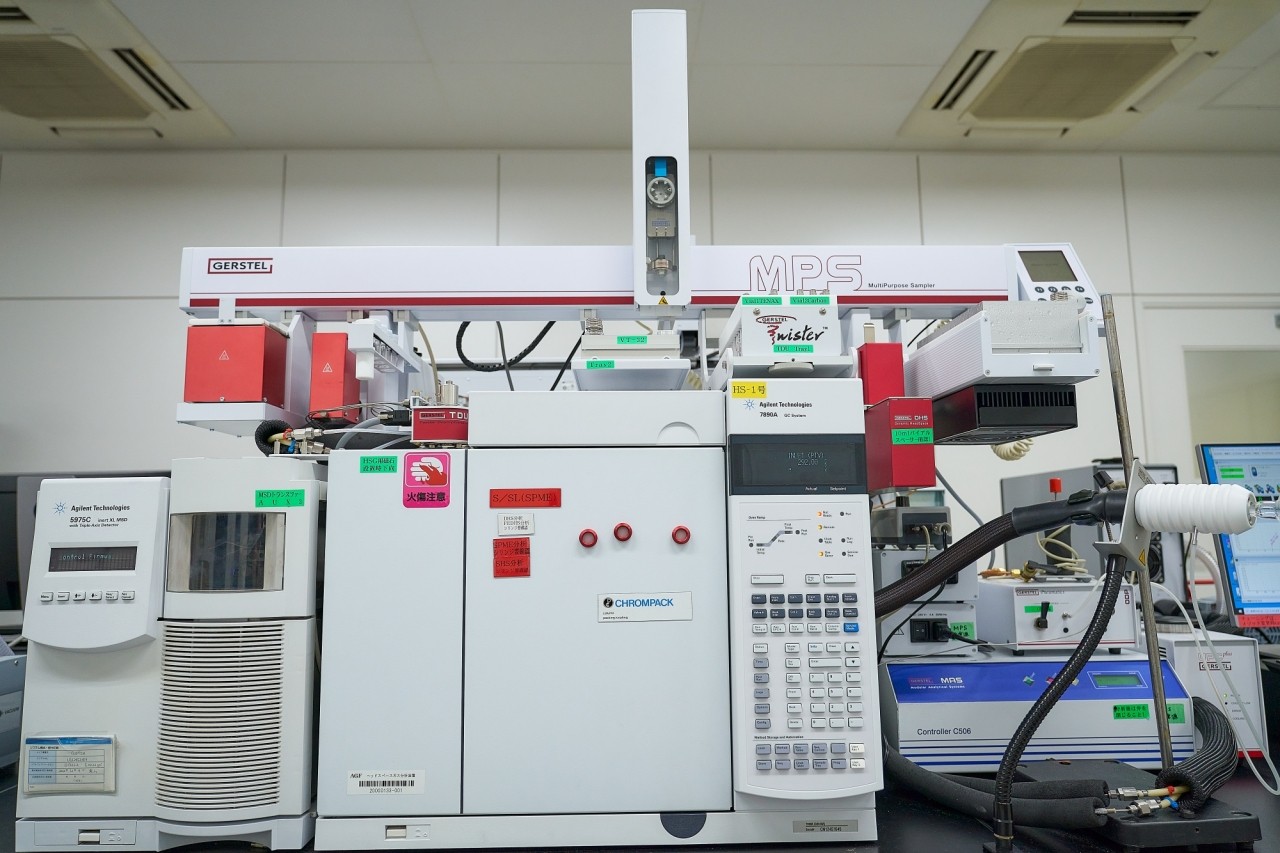
A gas chromatograph installed at Ajinomoto AGF . It is used to analyze a variety of foods and beverages in addition to coffee.
The extracted coffee is then placed in a gas chromatography machine. This takes about 30 minutes and involves a pre-treatment process, in which the coffee liquid is heated evenly to bring out the aroma. The aroma gas is then transferred to an adsorption tube, which is then analyzed.
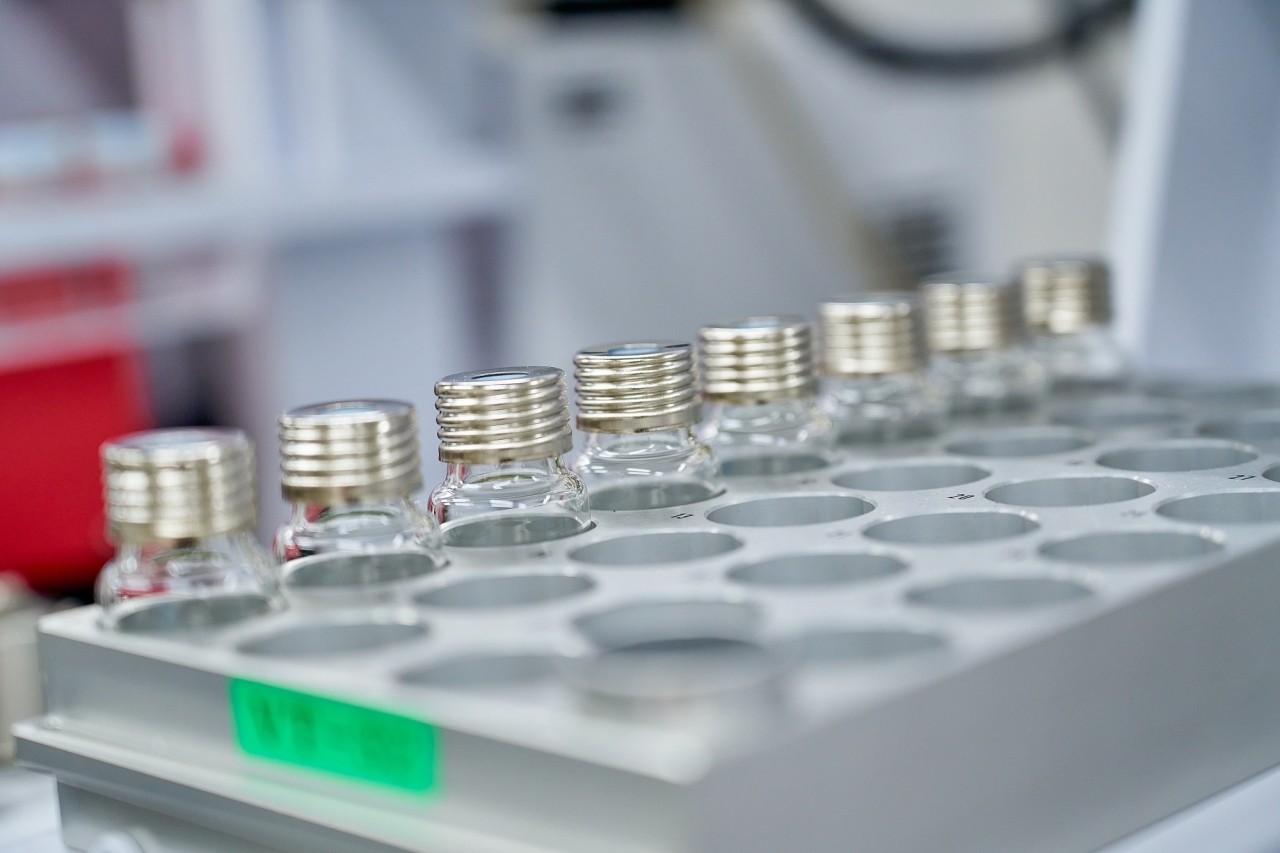
The extracted coffee liquid is set in this way
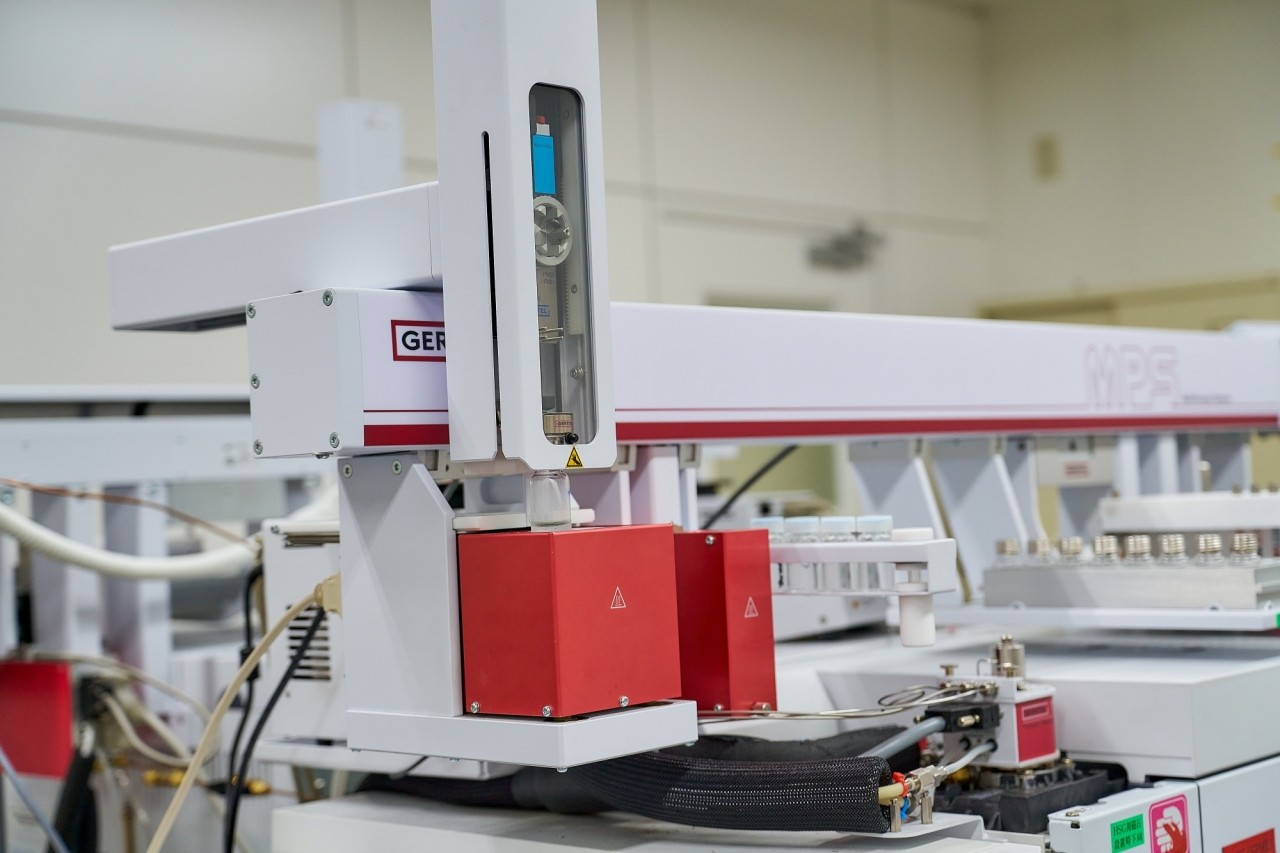
The arm pre-processes each bottle individually, maintaining constant temperature and vibration to reproduce the exact same aroma.
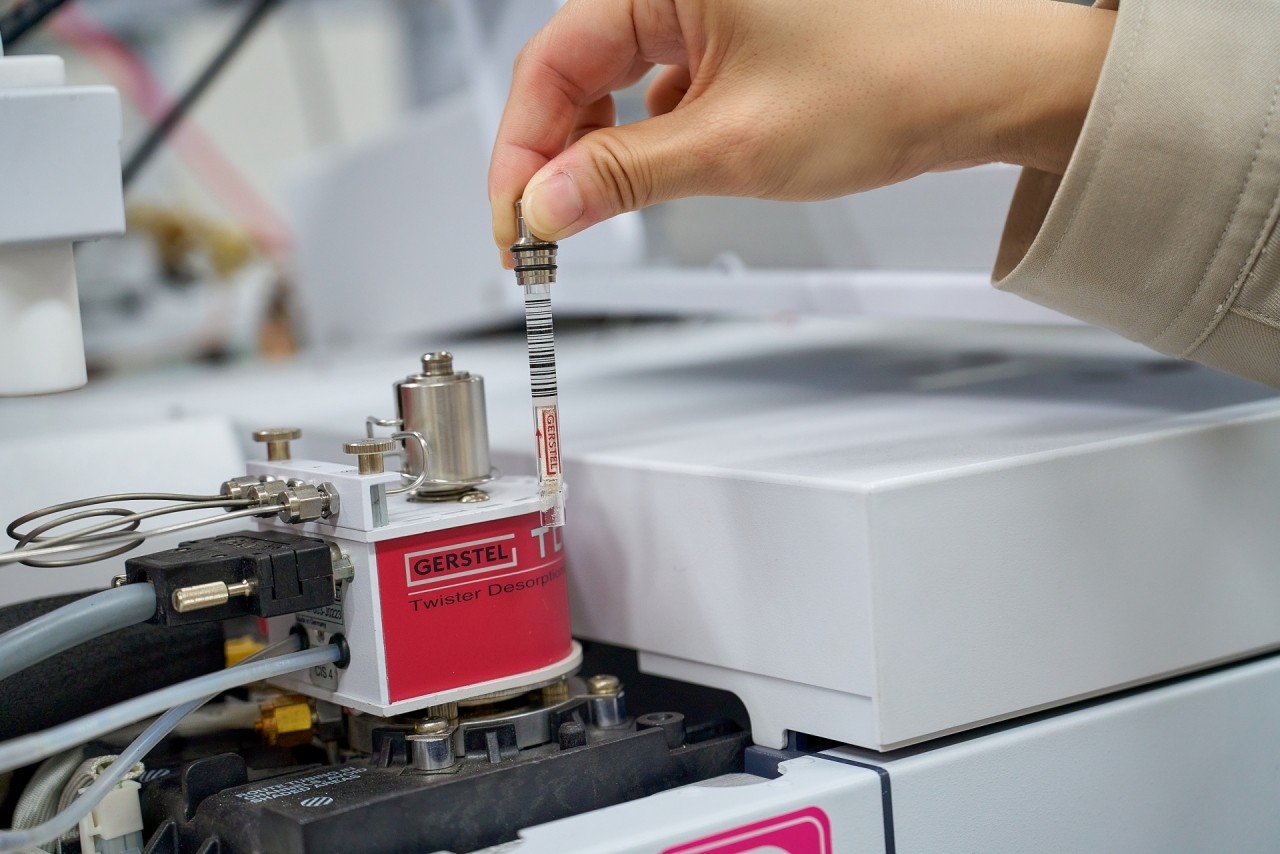
The analysis is completed in about an hour after the aroma-soaked adsorption tube is placed in the analyzer. The gas chromatograph operates almost 365 days a year.
Since there are 100 preliminary contestants in "1CCC," the sample analysis alone will take about a week, after which the differences between the sample beans will be converted into easy-to-understand indicators and output as a chart.
--What can you learn about coffee through aroma analysis?
Takahashi: From the data we have accumulated so far, we have been able to see that when certain values are high, certain trends occur. The roasting method, bean variety, and origin all have a significant impact on the aroma.
We have not collected data on the difference in aroma between roasters, but for example, the amount of air that comes into contact with the beans differs between roasters that use conductive heat and those that use hot air, so the aroma trends may be different.
Sasajima: I think it would be interesting if we could infer the roasting method from the aroma characteristics of samples made from the same beans but roasted by different roasters, like with "1CCC."
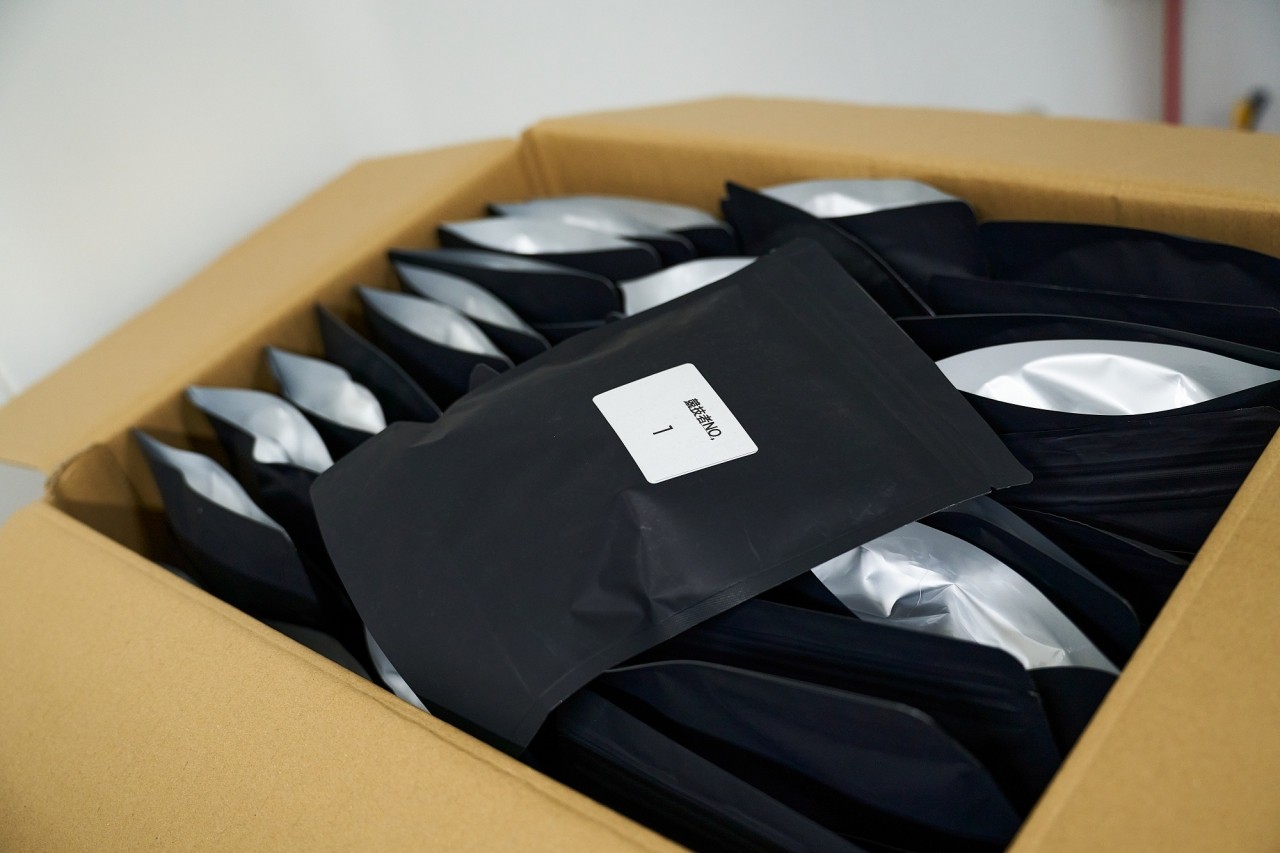
On the day of the interview, the roasted beans from the qualifying round participants had already arrived.
--Can we assume that these differences on the chart are related to differences in the "taste" of the coffee when we drink it?
Hamanaka: Yes, coffee is mostly about its aroma. For example, if you pinch your nose and drink roasted green tea and coffee, it's hard to tell the difference. That's how much the aroma influences coffee.
──In other words, aroma analysis is not based on what people sense, but rather on an objective analysis of the scent components. Conversely, is there anything that cannot be determined through aroma analysis?
Sasajima: Even with this device, it is not possible to analyze all components of the coffee aroma. Therefore, there are still many components that we do not know what is linked to the coffee aroma.
How to use aroma analysis in roasting
--We now understand that aroma analysis can reveal a lot about coffee. How does Ajinomoto AGF actually use this aroma analysis in product development?
Hamanaka: In terms of applying this to product development, it is essential to "create hypotheses."
Let's say you want to make something even more delicious, and after analyzing various data, you notice that "customers will like it more if they increase the amount of ingredient A." To know this data, you first need aroma analysis data, otherwise you won't be able to compare it with customer preference data. Aroma analysis is essential for "forming hypotheses" like this.
Sasajima: Roasting is a Manabu reaction. When heat is applied, the components contained in the raw coffee beans react and change into various components. This process cannot be seen with the naked eye, but the results can be seen through aroma analysis, so I think it can be used to quantify the state of the Manabu reaction.
──By analyzing the aroma, you can look back at why something turned out the way it did, not just based on your intuition, but also on numerical values. This could lead to a review of roasting techniques and methods.
Hamana: That's right. You can also experiment with temperature control while looking at the results of aroma analysis, and when you buy a new roaster, you can create a profile based on data rather than just your intuition.
Sasajima: Even if the profile is the same, the aroma will be different if the moisture content of the original beans is different. By looking at this Manabu reaction as data, I think we can feed it back into roasting techniques.
──Everyone who participates in "1CCC" will be notified of the results of their analysis, right?
Hamana: That's right. The subject sample beans are at the center, and participants can see in the form of a chart how much their roasted beans deviated from them. However, the components that determine these items are our trade secrets and know-how.
──What was the reaction from the roasters who participated last year?
Hamana: I was relieved that there were no negative reactions. However, I had the impression that people just looked at the chart and thought, "Oh, I see."
For example, if the chart showed a "slightly fruity" flavor, I felt there was a problem in aligning the participant's sense with the chart's values. I don't think that looking at the chart helped that person in their subsequent roasting.
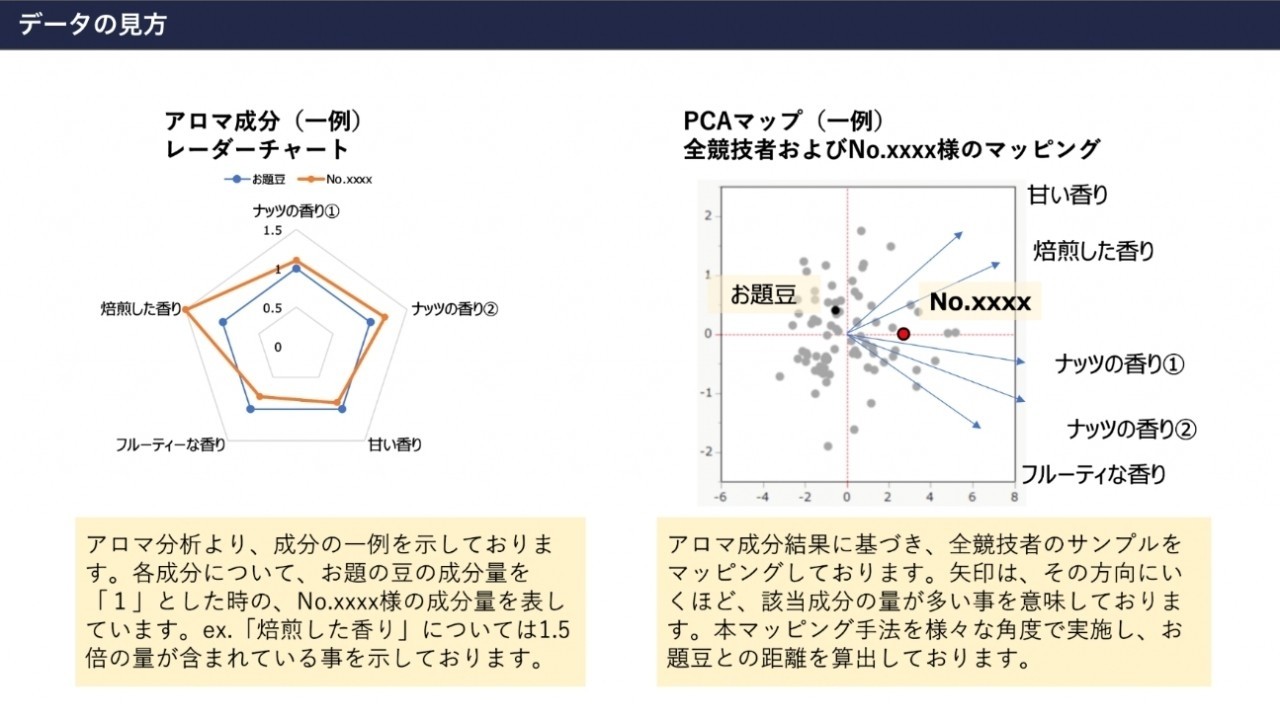 An example chart for the 2023 tournament. The difference with the designated beans is clear. A high number is not necessarily good; the purpose of the tournament is to see how close the beans are to the designated beans.
An example chart for the 2023 tournament. The difference with the designated beans is clear. A high number is not necessarily good; the purpose of the tournament is to see how close the beans are to the designated beans. Sasajima: I don't think roasters have many opportunities to come into contact with this kind of Manabu analysis, so I would like to continue doing it in this way and make improvements in the future.
At the same time, I felt the need to raise awareness that roasting and chemical Manabu -like ingredients are inseparable.
I also felt that I should ask those whose results were not so close how they felt about the differences, because I think that people whose results were close are able to match roasts as a basic skill.
However, the results of this chart do not take into account whether the coffee is tasty or not, so it does not mean that "it's not tasty because it's far off the chart."
──The fact that the quality of the aroma analysis chart and the impression you get when you actually drink it can be quite different is one of the fascinating things about coffee and roasting.
The value of instant coffee in a sustainable era
──Another aspect of Ajinomoto AGF 's involvement in this competition is that the finalists were given the task of creating an original drink recipe using instant coffee. What was the reason for choosing instant coffee for a roaster competition?
Hamana: For Ajinomoto AGF , we believe that instant coffee is an important category that can only be delivered to our customers in this way. There are very few companies that can manufacture instant coffee, and we take pride in that.
The theme of the final presentations at this year's competition was "What roasters can do for sustainable coffee," and instant coffee, made with advanced extraction technology, uses fewer beans per cup compared to regular coffee, making it a sustainable food (Suspa). It also has advantages such as price (Cospa), time-saving brewing (Taipa), and ease of preparation, as it dissolves easily in cold water or milk.
The coffee industry is facing the 2050 problem (a problem where coffee-growing land is expected to decrease by 50% due to global warming), and the way instant coffee is made also needs to be updated. As a company and the coffee industry, we believe that we need to bring out more of the potential of instant coffee.
At that time, we wanted young roasters like those who participate in "1CCC" to think about instant coffee together, so we included it as one of the themes (i.e., themes we wanted to think about together with the participants).
──The assignment was simply to submit the recipes, but it would be nice if there was an opportunity to taste the recipes as well.
Hamana: That's right. We're still in the process of discussing this with Giessen Japan, but we'd like to have some of the recipes submitted be available for visitors to try at the finals, and we'd also like to be able to award some of the recipes with a special prize.
Also, we hear from some roasters that they want to make instant coffee. There are companies overseas that can make instant coffee for individuals, but it is actually difficult for Ajinomoto AGF .
However, we don't know what the market will be like in the future, and if young people aspiring to work in the coffee industry say they've never tried instant coffee or served a drink, there's no point in discussing it. In the United States, a roaster cafe called "Intelligentsia" offers a menu using instant coffee. First of all, we want everyone to try it, experience it, and then we'd like to hear their opinions and communicate with them.
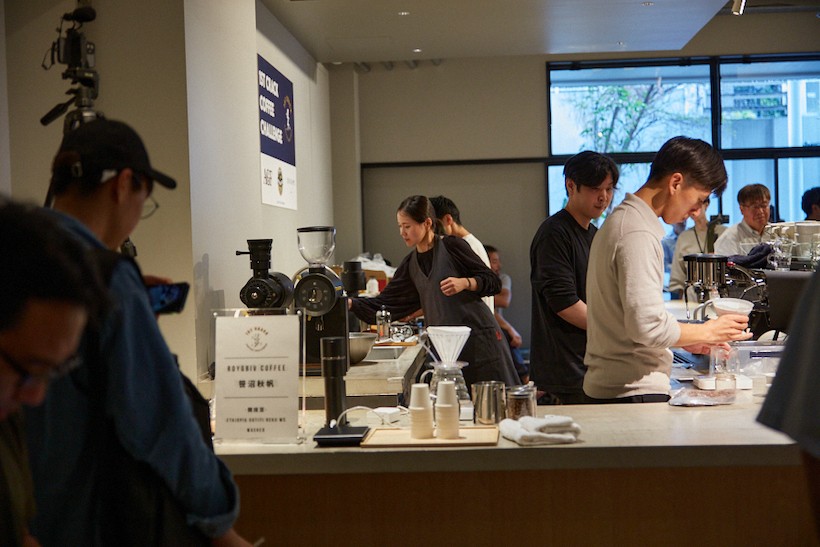 At the 2023 tournament, drinks from the finalists were served to visitors.
At the 2023 tournament, drinks from the finalists were served to visitors. ──That's a dream come true. By the way, will instant coffee eventually catch up with so-called regular coffee?
Hamanaka: Instant coffee is also made from 100% coffee beans. Using know-how accumulated over many years, it is possible to bring out the aromas unique to the roasting and region of origin, and the product " A Little Luxurious Coffee Shop® EVERBLACK® " is actually packed with various techniques, so I would definitely recommend you try it. (Personally, I recommend Ethiopia.)
──Finally, on July 26th, the six finalists for "1CCC 2024" will be announced based on aroma analysis by Ajinomoto AGF and cupping evaluation by the judges. What are Ajinomoto AGF 's expectations for "1CCC"?
Hamana: My goal is to make 1CCC a tournament for the world's best rosters. I want to make it even more mainstream.
Sponsoring the competition will help increase our corporate value, but more than anything, we want to contribute to the development of the roasting community by being involved in this competition.
I believe that the growth of 1CCC will lead to the development of coffee, and I hope that it will become the biggest roasting competition in Japan.
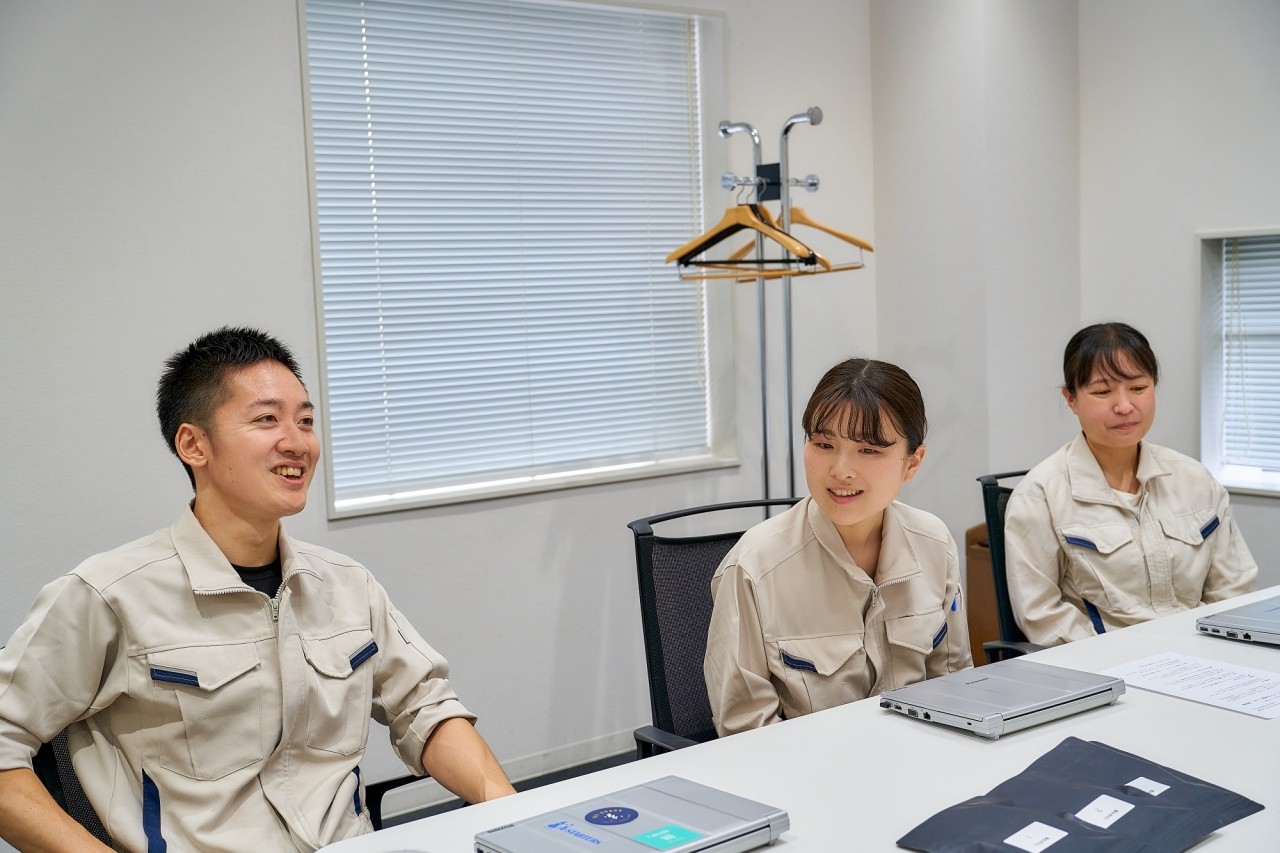
1CCC 2024
Four departments that pursue " Manabu , the delicious food department"
| Ajinomoto AGF Co., Ltd.
If you want to enjoy coffee more deeply
" CROWD ROASTER APP"
Manabu at CROWD ROASTER LOUNGE
・Push notifications for article updates・Full of original articles exclusive to CROWD ROASTER
・Direct links to detailed information about green beans and roasters
App-only features
- Choose green beans and roasters to create and participate in roasting events・CROWD ROASTER SHOP: Everything from beans to equipment is readily available
・GPS-linked coffee map function
